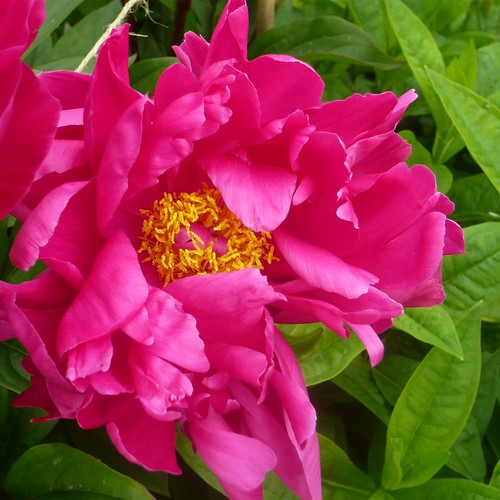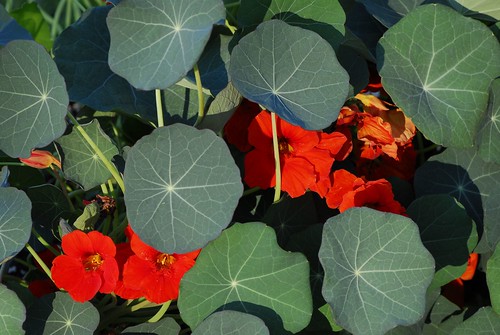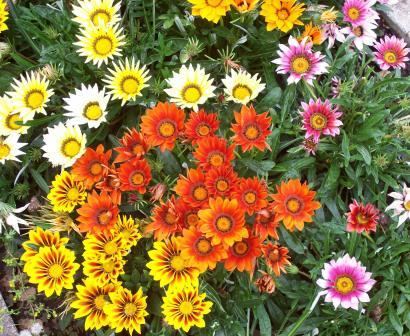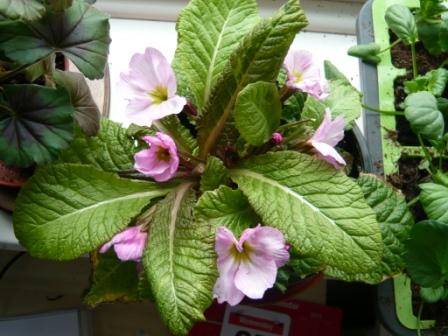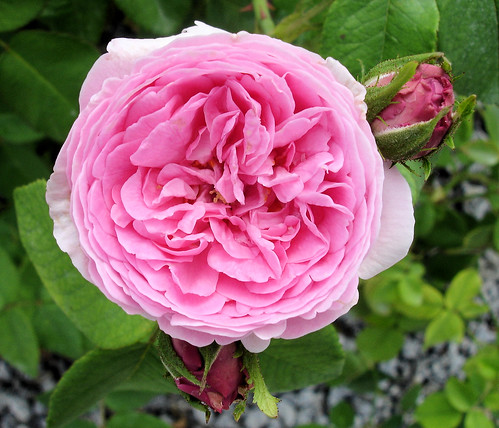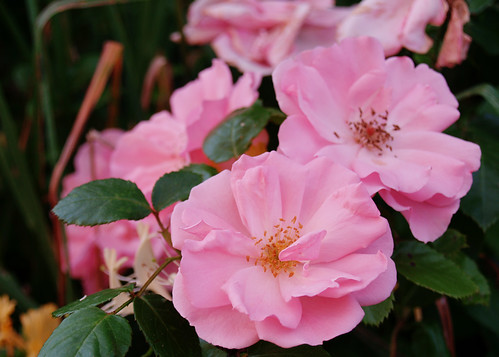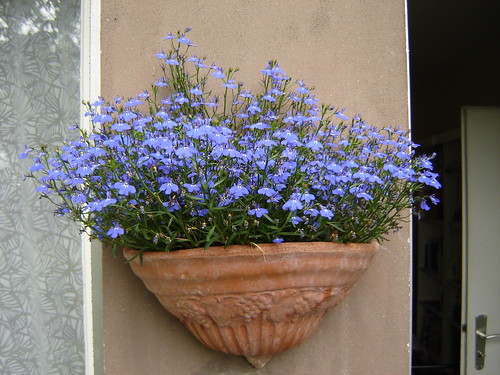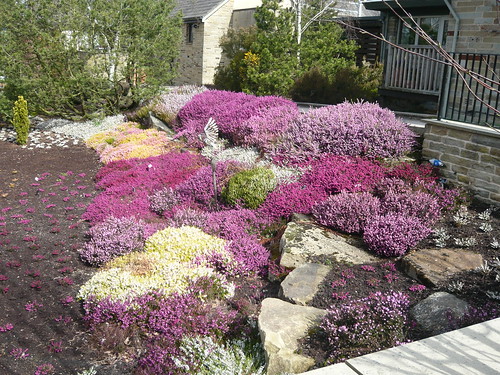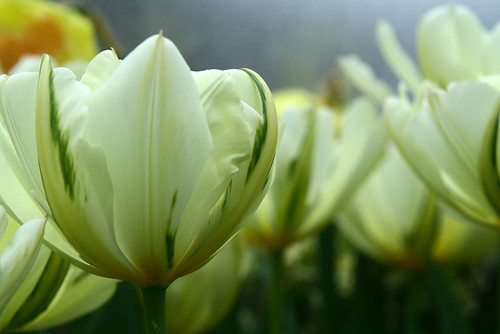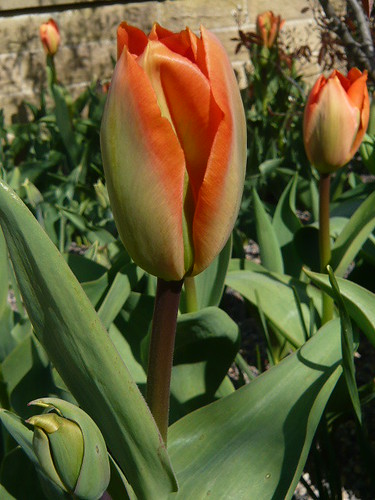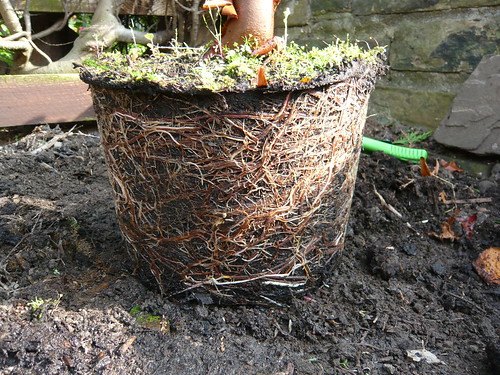Growing Peony or Peonies
For centuries Peonies have been great favourites of the Chinese and are one of their national flowers. Peonies are easy to care for once established.
Peonies are shrubby herbaceous plants that will come back perennially (year after year). They can live 75 years and still produce a brilliant profusion of flowers. Herbaceous means the leaves and stems die back at the end of the season and new growth will start again in Spring.
Growing Peonies
- Flowers are often strongly scented to attract bees and have double or single blooms.
- The colours are deep red through pink to white.
- Peonies do not like to be disturbed or moved once they are planted.
- Because they will live in the same spot for many years add some bone meal and good compost at the bottom of the planting hole.
- Peonies are best grow from plants bought at a nursery
- Plants are hardy but may make take some time to flower.
- Only plant Peonies at the same depth as they were grown, never deeper.
- Peonies and special fertilizer from Thompson & Morgan
Tree Peonies are harder to grow successfully and cost more to buy but can have show stopping displays of flowers once they mature.
Useful Links
…

